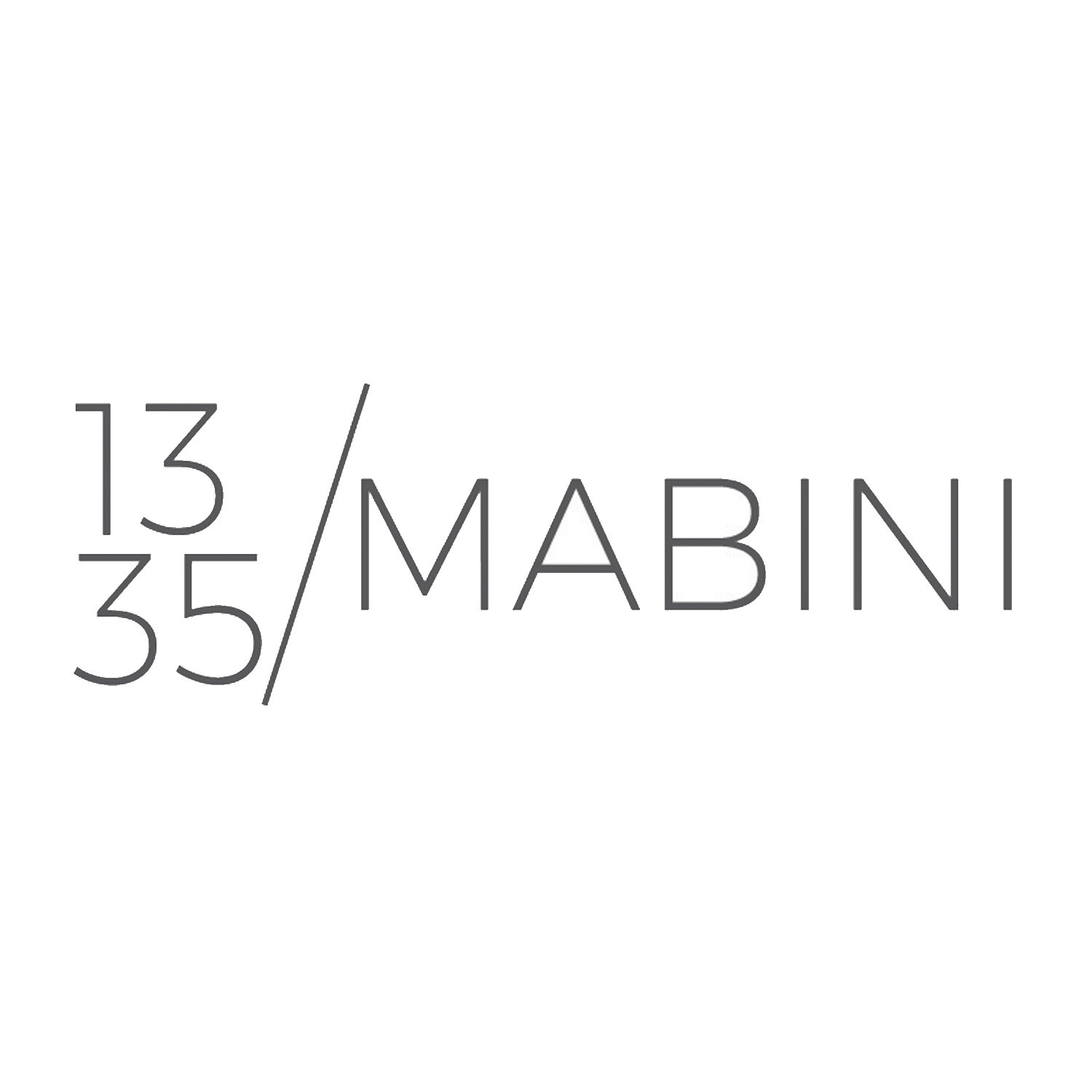MANUEL OCAMPO
ARTIST STATEMENT:
I see my current work as having no explanation (or one hasn't emerged yet). Rather than lacking an explanation, it does not need one, because the work exists without it. The whole theoretical routine of making meaning to one's work is similar to searching for a genie in a bottle. Its prison logic is tantamount to exorcising the ghosts squatting in intestinal mishaps. It makes me wince. Better try covering your nose from ghosts poops. No theory about why one has to lock oneself in a room to constantly jab at the mute opposition of wet and coagulated pigmented pastes has yet emerged (I'm improvising it, almost). Yet the paintings are appearing for all that, discoveries go on being made, and I see no need for a reason.
Maybe I take it that the creation of a painting, like that of a child has its own inherent meaning. A painting grows out of a tradition, historical but also personal. It grows out of something; it is the consequence of a host of factors. It would be enough to stand in front of it and read it. I believe that the meaning is created along with the painting. I can perform my own reading and recreate a precise meaning ... but I can't be bothered to. I don't see it as being necessary. I take it that these creatures of mine have their reasons to be here. One could debate this instinctual, naturalist or creationist theory at length ... but we will fall into a somnambulistic state of miserable oblivion.
Painting, after all is a Zombie medium. Usually, the art that I make is a by product of whatever's left in the refrigerator after a night of courageous gluttony and alcoholic dependency, with in and out bouts into the toilet. Sometimes I never quite make it there and I just stare at whatever's dribbling off my mouth and posterior lyrically dripping all-over the Suprematist tiled floor. White on White? Not anymore. Brown is the new white.
Here we have a crossover of mutually opposed activities and factors: on the one hand, a steady and stubborn stream of nutty images, on the other a clumping of content that can immediately be constipated as an amalgamation of praxis (painting/shitting) and theory (how to put food in the tummy), between representation (how to sit comfortably on the toilet) and reflection (what to read in the toilet: ARTBOR'UM or FLUSH ART). From the structuring of different shapes and the process of experiencing juxtaposed and opposed forms emerges a new being - hopefully somewhat artistic - within which to unfold and formulate myself and do it all-over again. What is paradoxical about this 'artistic' body, however, is its dependency upon other spatial formations, both in its formulation and its reading.
My method consists primarily in presenting the cross-breeding of these factors as a fundamental dialectic condition. They oscillate between pole and bipole, from Mouth to Anus. Both are conjoined, even mutually interdependent, in what might be called a production of artistic proportions. Sounds like shit in a can to me. One can see then that painting in my work asserts a marked conceptual utilization. This holds true for painting as well as for diarrhea, which interbreeds references of a textual(content) and visual(tactile/haptic) nature with the personal and autonomous.
Here the expressive plays a not insignificant role, partly, through its traditional position as a sign of subjectivity, where the farty brushstroke expresses the "inner" and the "soulful". Look at Pollock who seems to be the epitome of the expressive, subjective artist. Pollock "drips" his paintings, an ultimately subjective form which actually leads to a disappearance of the subjective. Boy, what a relief! This obnoxious or rather ostentatious self-indulgence can be likened to the Freeing of Aesthetic Pleasure. This sits next to Kant's idea of aesthetic pleasure: freeing it from all moral justification, but also from the "sensuous" satisfaction of needs.
Yes, just let it all out. Art doesn't need justification and "Artists shouldn't be Stooges to their ideas". Aesthetic pleasure is based on enjoyment from that which does not let itself be recognized or identified. Such pleasure arises not in direct confrontation with an object, in our rationally or sensuosly testing its qualities, but in our reflective recourse or return to the process of experiencing the object. In other words, it is The Return of the Thing as the Thing Itself. As in that Thing which you try to flush down but keeps coming back and exclaiming, "I Shall Return!" Well isn't that Painting?
Christ Entering Roppongi (After Ensor), 2013
oil on canvas, 200x190 cm
Sea Shanty Painted By A Drunkard, 2013
oil on canvas, 152x124 cm
Coitus Interuptus, 2013
oil on canvas, 123x91 cm



